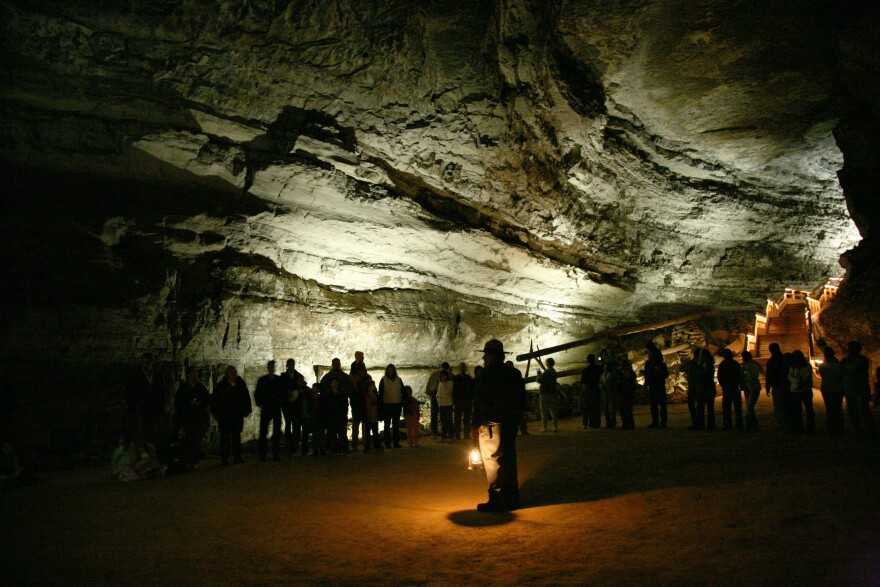Kentucky is set to receive about $10 million in federal funds from the Great American Outdoors Act and the Land and Water Conservation Fund for improvements on and the expansion of public lands.
The funds will help pay for a new roof on the Mammoth Cave Hotel. They’ll also be used to acquire a civil war battle site and lands for wildlife conservation and recreation in the Cumberland Plateau and along the Green River.
“We continue to make progress to deliver on the purpose of this historic conservation legislation," said said Margaret Everson, Chair of the Great American Outdoors Act Task Force in a press release. "We carefully evaluated each deferred maintenance project and land acquisition to maximize the return on investment for the American people and deliver on the promises of this unprecedented opportunity,”
This summer President Donald Trump signed the Great American Outdoors Act into law to address a backlog of deferred maintenance projects in U.S. parks including Mammoth Cave National Park. The funding includes more $9.5 billion over the next five years for deferred maintenance as well as $900 million per year for new conservation and recreation opportunities across the U.S.
In addition to the improvements on the Mammoth Cave Hotel, the U.S. Department of the Interior will use $425,000 to establish the Mill Springs Battlefield National Monument on the western banks of the Cumberland River -- the site of the Union’s first decisive victory during the Civil War, according to the Department of the interior. The land includes an original Confederate trench line, a 2-gun battery position and a Confederate cemetery.
Beginning next fiscal year, U.S. Fish and Wildlife will spend $8 million to acquire several pieces of land that include bottomland hardwood forest for recreation including hunting and fishing as part of the Green River National Wildlife Refuge.
More than $1 million in federal funding will also go toward two tracts of land within the Big South Fork National River and Recreation Area in southeast Kentucky. The tracts connect larger segments of protected property creating a wildlife corridor and the marks the first steps for expanding recreation access.






